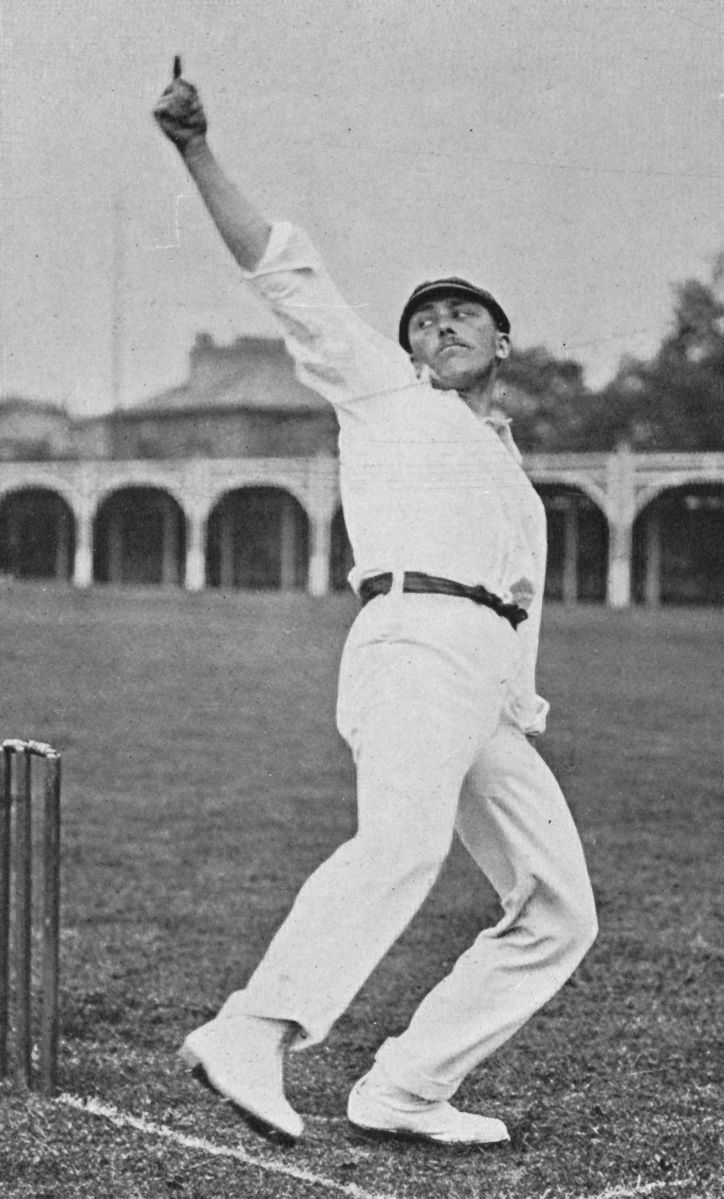Start date 1919 | ||
 | ||
People also search for 1847 English cricket season | ||
The 1919 cricket season was the 322nd in England since the earliest known definite reference to cricket in January 1597 (i.e., Old Style – 1598 New Style), and the 26th in which the County Championship has been an official competition. It was the first season to stage first-class cricket since 1914 because of the First World War. Authorities were unsure as to whether cricket would remain popular after a four-year break, and so County Championship matches were reduced from three days in duration to two days, a change that proved unpopular. Yorkshire finished the season as county champions, topping the table by four percentage points. No Test cricket was played during the season, but an Australian Imperial Forces team toured England, playing matches from mid-May until mid-September. Andy Ducat, Patsy Hendren, Percy Holmes, Herbert Sutcliffe and Ernest Tyldesley were named as the Wisden Cricketers of the Year.
Contents
Honours
County Championship
During the 1919 tournament, points were only awarded for winning matches, and as each county was allowed to arrange their own fixtures, the table was ordered by "percentage of possible points". Yorkshire were the county champions, winning twelve of their twenty-six matches to claim 46.154% of possible points. They were followed by Kent, who had 42.857%, and Nottinghamshire with 35.714%. Warwickshire finished bottom of the table, with just one win from their fourteen matches, 7.143%.
A number of suggestions were made for ways to improve the popularity of county cricket during the season, with the authorities worried that a four-year break would see lower crowds. The only change to be adopted was a reduction in the length of the matches, from three days down to two. This, however, did not prove popular, and was changed for the following 1920 season. Other proposals, such as shorter boundaries, and limits on the number of professional cricketers fielded by a county side were not enacted, to the relief of the editor of the Wisden Cricketers' Almanack, Sydney Pardon.
Australian Imperial Forces tour
The Australian Imperial Forces cricket team played twenty-eight first-class matches during their time in England, which spanned from the middle of May through until the middle of September. They primarily faced county sides, but also contested matches against representative sides, such as the South, HK Foster's XI and the Gentlemen. Of their twenty-eight matches, the touring side won twelve and lost four, drawing the remaining twelve. Four of the Australian Imperial Forces team passed 1,000 runs during their tour, led by Carl Willis, who accrued 1,652 runs at an average of 41.30. Jack Gregory was the leading wicket-taker for the tourists, claiming 131 wickets.
Statistical leaders
Jack Hobbs was the leading run-scorer in first-class cricket during the season, amassing 2,594 runs at an average of 60.32 during 30 matches for Surrey and the Players. He was the only batsman to exceed 2,000 runs in the year, and was one of 31 to score 1,000 runs or more. Two of those, George Gunn and Patsy Hendren finished the year with a superior batting average to Hobbs; Gunn scored his 1,451 runs at 63.08, while Hendren's 1,655 runs came at 61.29.
Ten bowlers took 100 or more wickets during 1919, led by Wilfred Rhodes, who claimed 164. Among those who took 100 wickets, Rhodes also had the best bowling average, claiming his wickets at 14.42. He was trailed in this statistic by Jack White, who took 128 wickets at 14.94, though Bill Hitch, Johnny Douglas and Jack Gregory all took more wickets than White.
